Have you ever wondered what your dog is really trying to tell you? Dogs have a secret language all their own, filled with subtle signs and joyful gestures that reveal how safe and loved they feel. It’s truly heartwarming to watch a dog who trusts their world—every wag, stretch, and nuzzle tells a story of connection and comfort. For dog lovers, witnessing these behaviors isn’t just cute; it’s a powerful reminder of the bond between humans and their four-legged friends. Let’s take a closer look at the most touching and surprising ways dogs show us they’re relaxed, happy, and at home in their environment.
Relaxed Body Language

When a dog feels secure, their entire body seems to soften. Their muscles are loose rather than tense, and their movements become fluid and gentle. You’ll often notice their tail hanging naturally or wagging in soft, slow arcs, showing they’re content. Even their ears will be relaxed—neither pinned back in fear nor standing stiff in alertness. This calm posture is the opposite of a fearful or anxious dog, whose body might be rigid or ready to spring away at any second.
A dog who sprawls out on their side or back, exposing their belly, is showing the ultimate sign of trust. Dogs instinctively protect their vulnerable underside, so when they show it, it’s a clear sign they feel safe. Next time you see your pup lounging without a care in the world, know that you’ve helped create a comforting environment where they can truly relax.
Soft Eye Contact
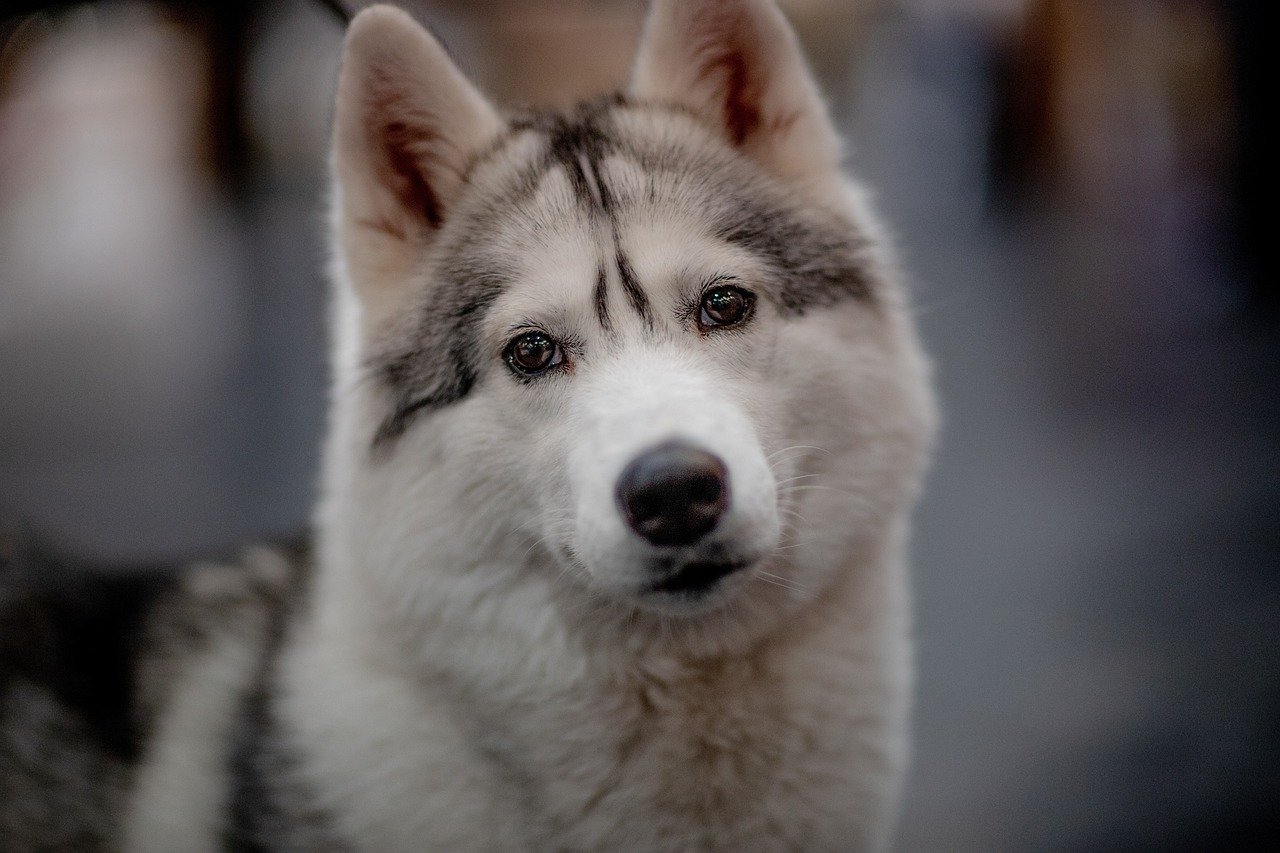
Dogs use their eyes to communicate a world of emotions. When your dog gazes at you with soft, relaxed eyes—sometimes even blinking slowly—they’re showing affection and trust. This kind of eye contact is very different from a hard, unblinking stare, which can signal fear or aggression in the dog world. It’s almost as if your dog is saying, “I’m happy here with you.”
You may notice that during these moments, your dog’s eyes might appear slightly squinted, and their face is peaceful. This gentle gaze is often accompanied by other relaxed behaviors, such as a wagging tail or a little sigh. Sharing this mutual look can deepen your bond and reassure your dog even more.
Happy Tail Wagging
Tail wagging is one of the most iconic signs of a happy, secure dog, but not all wags are created equal. A dog who feels safe wags their tail in a loose, sweeping motion, often at mid-height or lower. The whole rear end may wiggle with excitement, showing that they’re comfortable and thrilled to be with you.
On the other hand, a stiff or high, rapid wag can indicate tension or alertness. When you see that joyful, whole-body wag, you’ll know your dog is delighted to be in their space. It’s like a dance of happiness, impossible not to smile at, and a sure sign they’re at ease.
Playful Behaviors
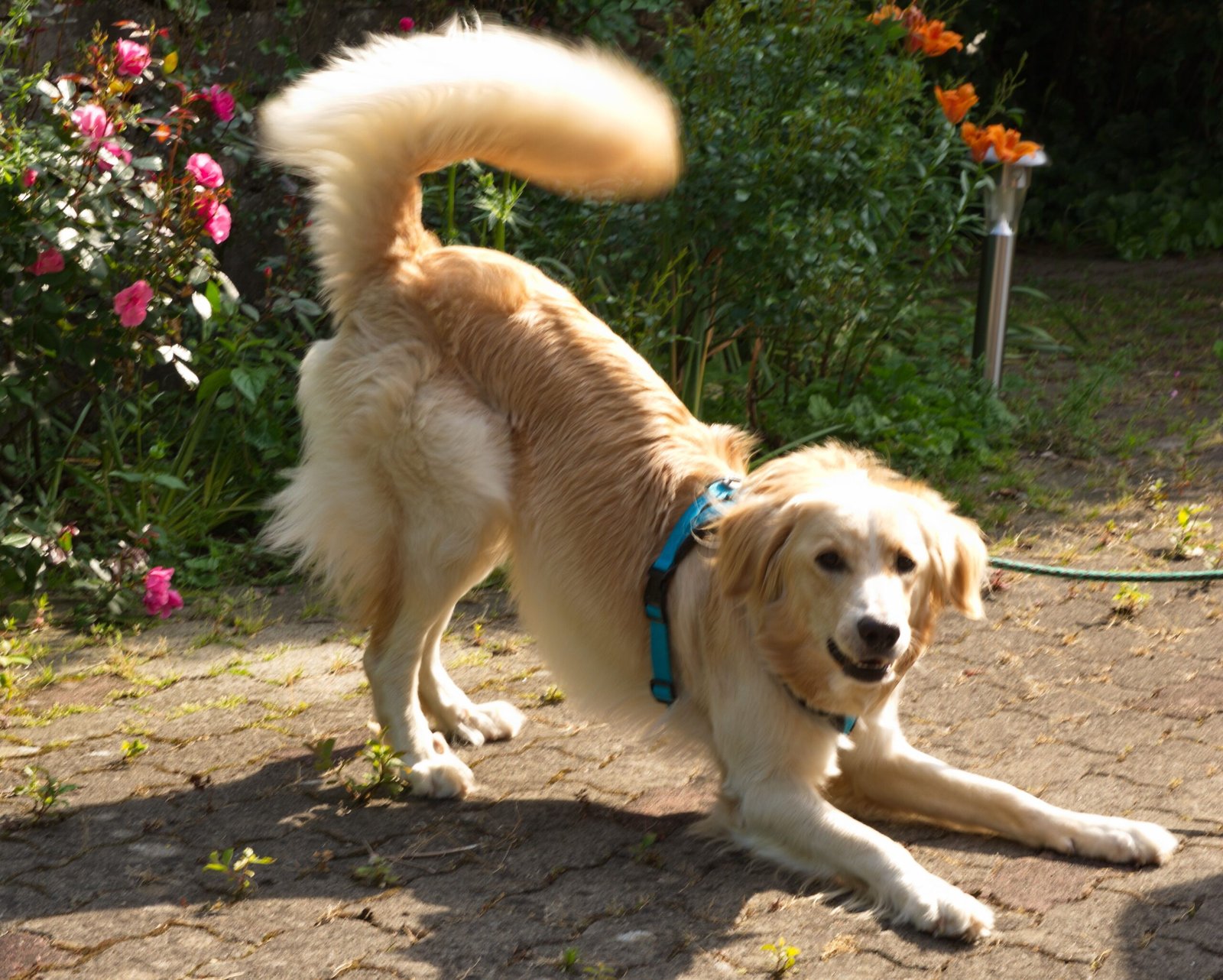
Play is a universal language for dogs, and it’s a strong indicator that they feel secure in their environment. Dogs who initiate play—whether by bowing, bouncing, or bringing you a favorite toy—are expressing trust and happiness. They’re inviting you into their world, confident that you’ll respond with kindness.
Play bows, where a dog stretches out their front legs and sticks their rear in the air, are especially telling. This gesture signals that they’re ready for fun and feel safe enough to let their guard down. Engaging in games not only shows your dog is comfortable but also helps strengthen your bond.
Gentle Approaches and Leaning
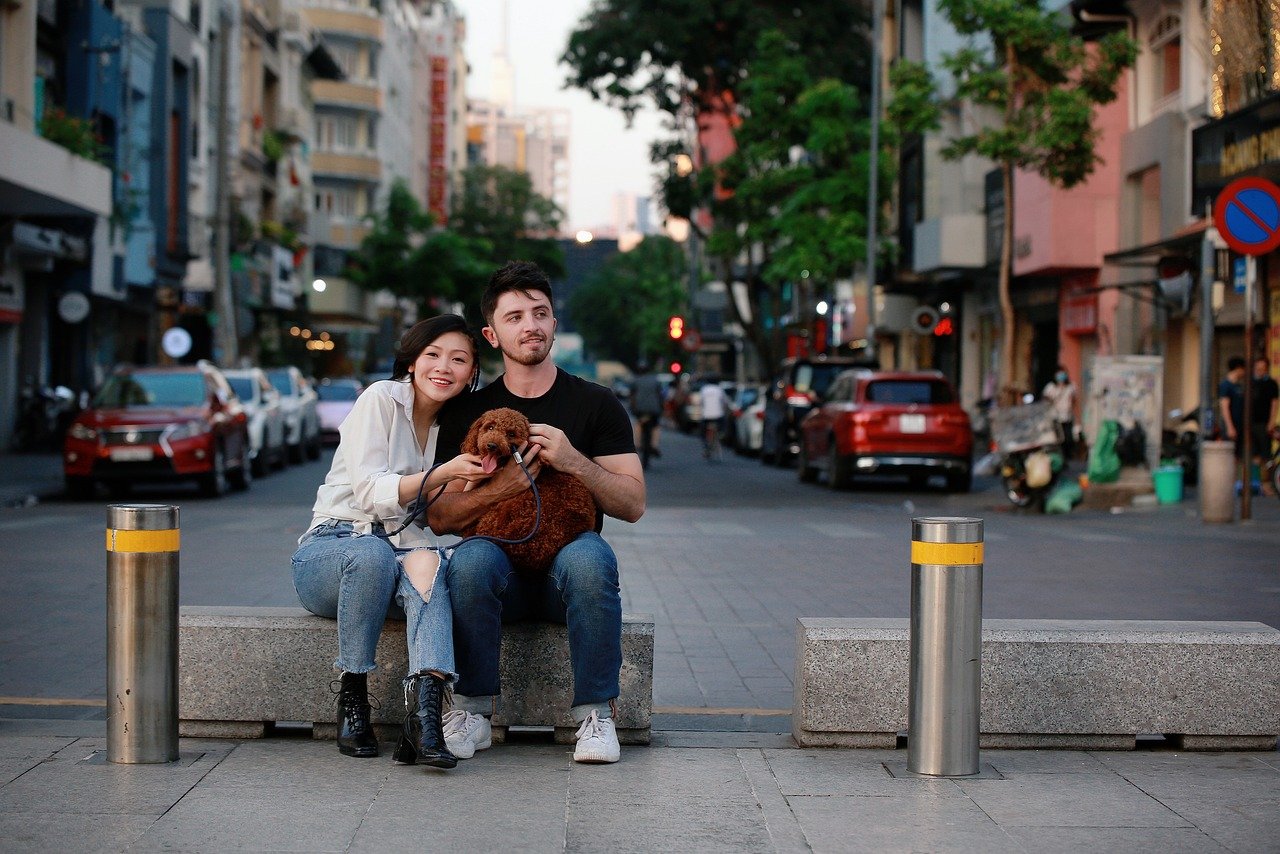
When dogs feel connected to their humans, they often seek physical closeness. One way they do this is by gently leaning against you or softly nudging you with their nose. This contact is their way of saying, “I trust you,” and it’s incredibly endearing.
Some dogs may even press their bodies into your legs or snuggle up beside you on the couch. These behaviors are rooted in the pack mentality—being close to those they consider family brings comfort. If your dog leans on you, take it as a loving compliment and a sign that they feel safe in your presence.
Calm Sleeping Positions
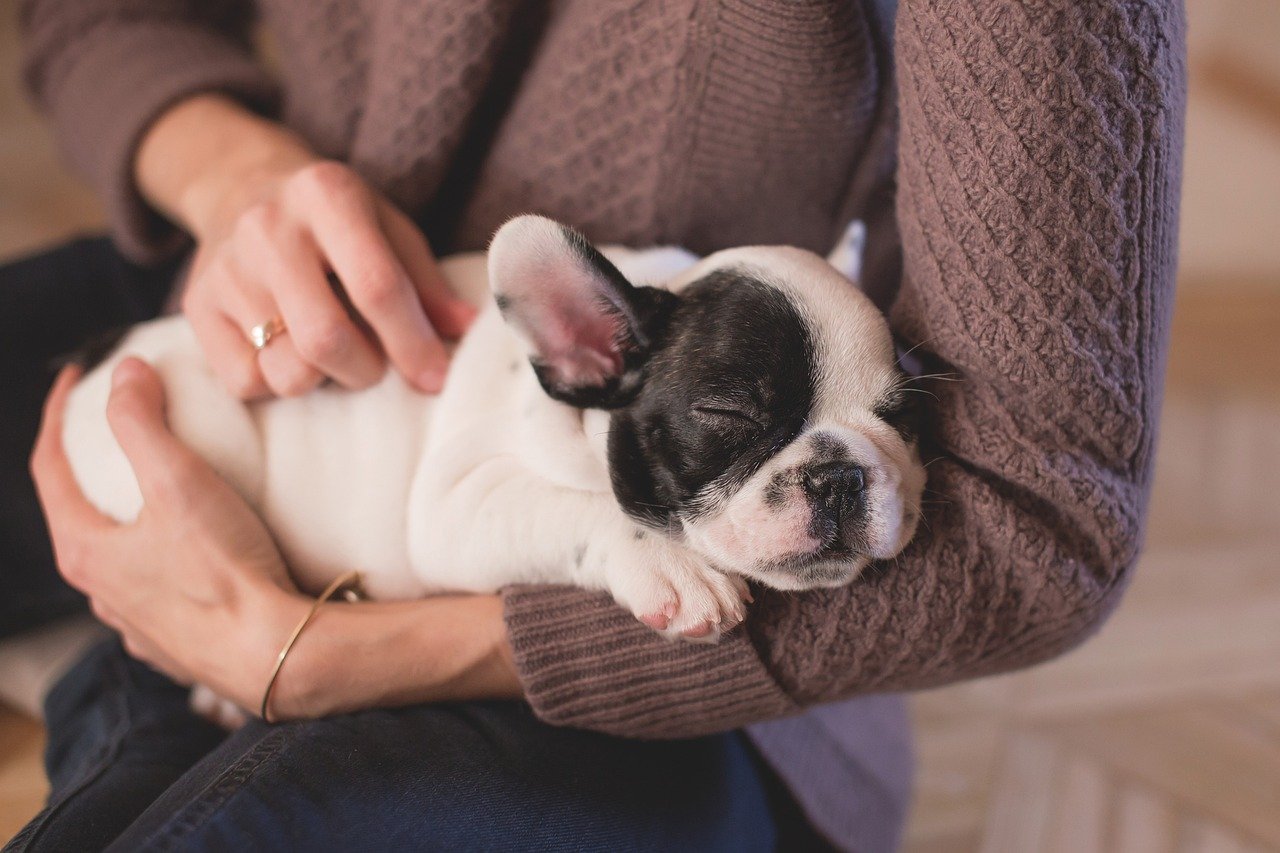
Dogs who feel secure tend to sleep in vulnerable or exposed positions, like on their backs with paws in the air. This posture exposes their belly and throat, key areas they instinctively protect if they’re anxious. It’s a huge vote of confidence in their environment and the people around them.
You might also notice your dog choosing to sleep near you or other family members, seeking the warmth and security of the group. Watch for gentle snoring, twitching paws, or even soft sighs—these are all signs your dog is deeply relaxed. Peaceful sleep is only possible when a dog feels truly safe.
Curiosity and Exploration
Secure dogs are eager explorers, sniffing every corner and checking out new sights and sounds with enthusiasm. Instead of cowering or holding back, they move through their world with confidence, tail wagging and nose twitching. This natural curiosity means they feel safe enough to investigate.
You’ll notice they approach new experiences with interest rather than fear, whether it’s meeting a new friend at the park or sniffing a novel scent on a walk. Their willingness to explore is a testament to the supportive, loving environment you’ve provided.
Comfort With Routine and Change
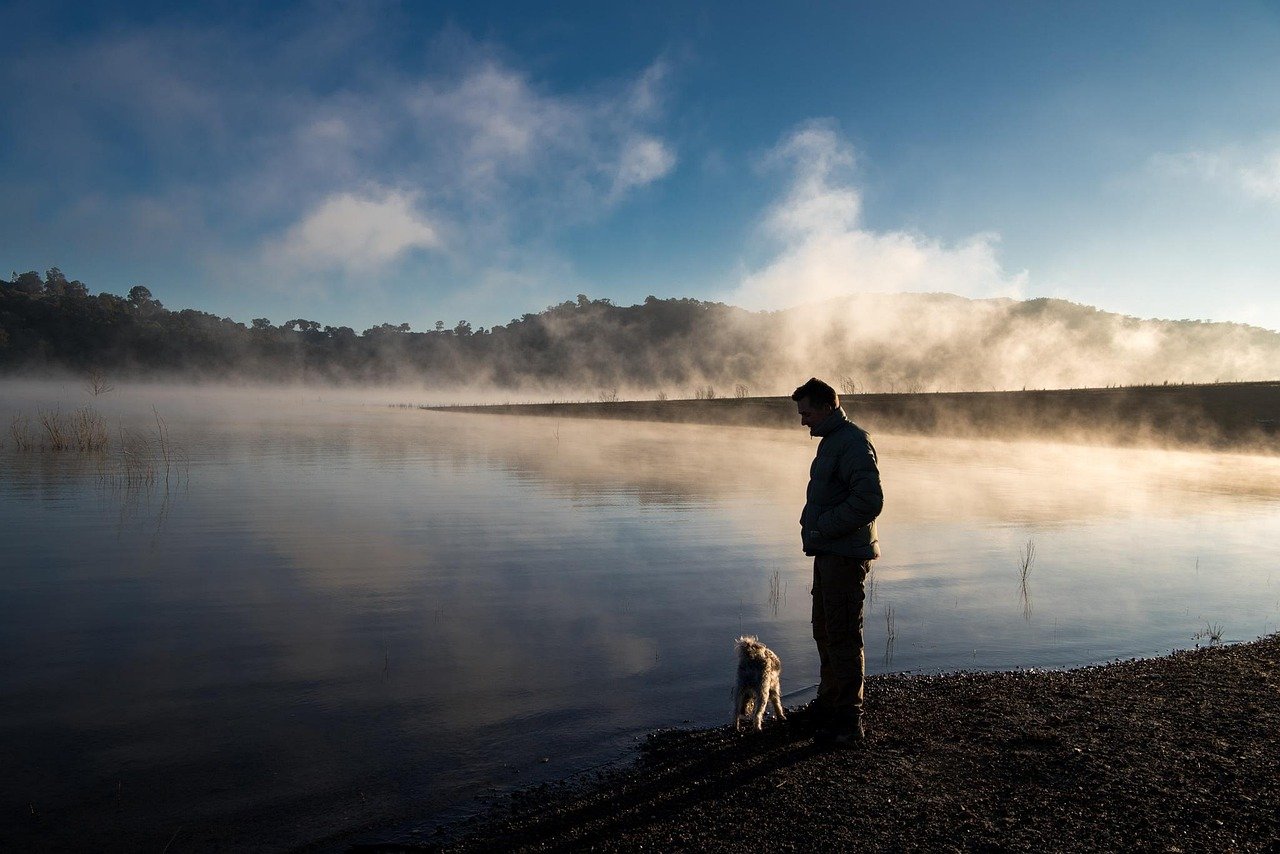
Dogs thrive on routine, but a secure dog can also handle changes without panic. If your dog adapts well to new schedules, environments, or visitors, it’s a sign that they trust you and feel comfortable in their home base. They know that, no matter what, you’re their constant.
You might see this when you bring home a new pet or rearrange the furniture—your dog may investigate with calm interest rather than anxiety. Their ability to roll with life’s little surprises shows that they’re grounded and connected to their environment.
Seeking Affection and Attention
A dog who feels safe will often seek out your touch, whether by nudging your hand, resting their head in your lap, or crawling into your arms. This desire for closeness signals trust and a deep bond. It’s a heart-melting reminder that, to your dog, you’re the center of their world.
Sometimes, they may even “ask” for belly rubs or ear scratches by rolling over or presenting their favorite spot. These moments of connection are precious, reinforcing the sense of security and love your dog feels with you.
Calm Response to Noises
Loud sounds can be startling, but a secure dog recovers quickly or remains unfazed by common household noises. If your dog doesn’t bolt or hide during thunderstorms, fireworks, or the vacuum running, it’s a sure sign they trust their environment.
Instead of reacting with fear, they might simply look up, assess the situation, and then settle back down. Their calmness is a reflection of your steady presence and the safe space you’ve cultivated for them.
Willingness to Eat and Drink Freely
Dogs who feel safe will eat and drink without hesitation. Anxious dogs might refuse food or only eat when no one is around, while secure dogs happily munch away, even with people nearby. This relaxed attitude at mealtime shows they aren’t worried about competition or danger.
You may even notice your dog taking treats gently from your hand, a sign of trust and comfort. Their healthy appetite is another indicator that they feel at home and at ease in their surroundings.
Friendly Greetings
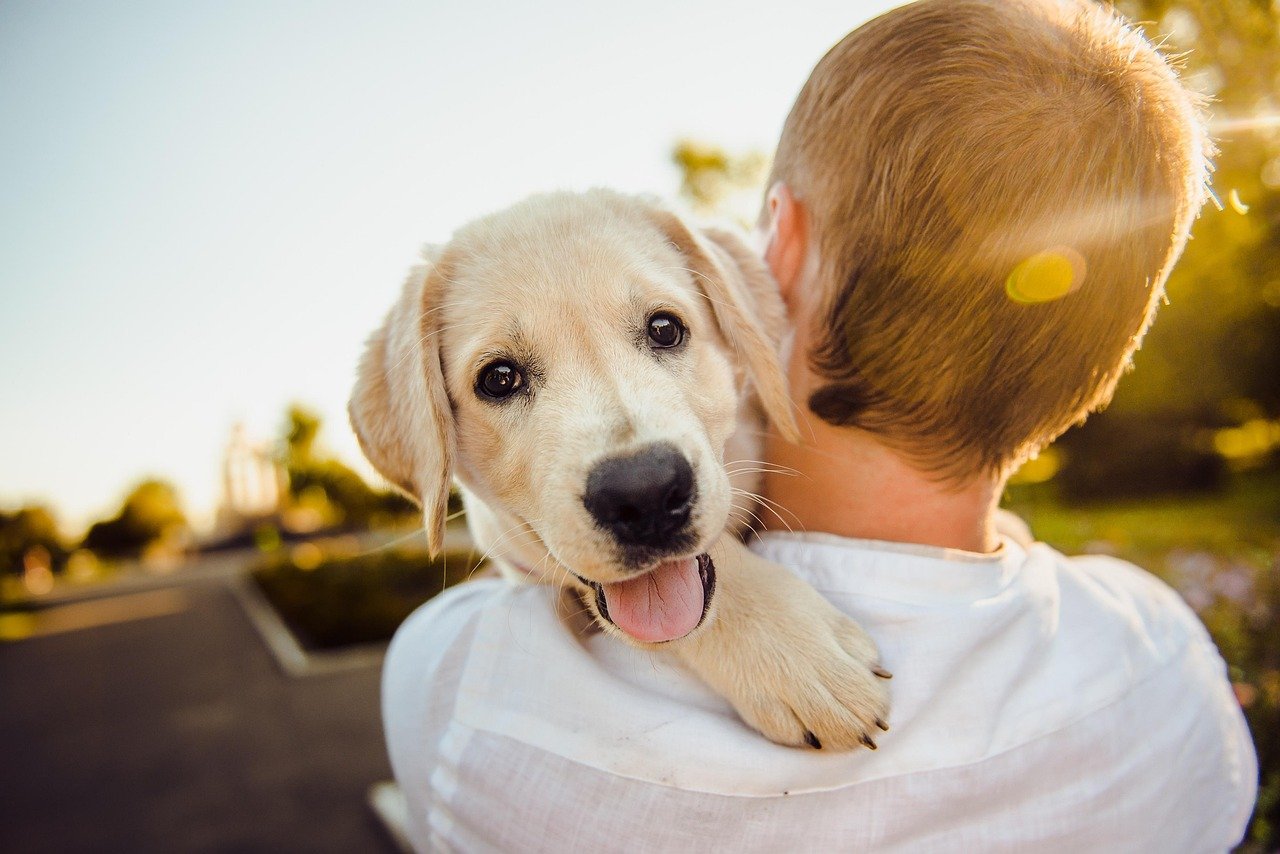
A dog who greets you—or even strangers—with a wagging tail, relaxed face, and happy jumps is showing they’re comfortable and confident. They aren’t fearful or defensive; instead, they approach with open-hearted enthusiasm.
This behavior is not only charming but speaks volumes about their emotional well-being. A secure dog trusts that good things come from interactions with people, making every greeting a joyful celebration.
Following You Around
If your dog shadows you from room to room, it’s not just because they’re nosy. Dogs are pack animals, and a secure dog wants to stay close to their favorite person. By following you, they’re showing loyalty and a desire to remain connected.
You might notice that even if you leave the room just for a minute, your dog is right behind you. This endearing habit is a sign of trust and a deep sense of belonging, a silent way your dog says, “I’m happiest when I’m with you.”
Contentment During Alone Time
A truly secure dog can rest or play quietly when left alone, without becoming destructive or anxious. They trust that you’ll return and feel comfortable in their space. Instead of barking, pacing, or chewing out of stress, they may nap, play with toys, or watch out the window.
This calmness during solitude is a powerful sign of emotional security. It means your dog feels safe both with you and on their own—what a wonderful testament to your loving care.
What other little signs of trust and happiness have you noticed in your dog?

Andrew Alpin from India is the Brand Manager of Doggo digest. Andrew is an experienced content specialist and social media manager with a passion for writing. His forte includes health and wellness, Travel, Animals, and Nature. A nature nomad, Andrew is obsessed with mountains and loves high-altitude trekking. He has been on several Himalayan treks in India including the Everest Base Camp in Nepal.






